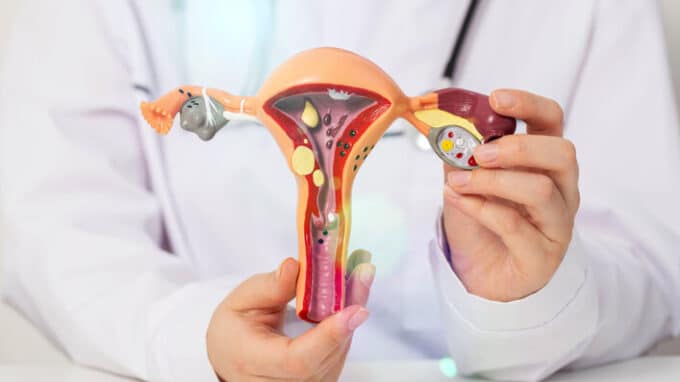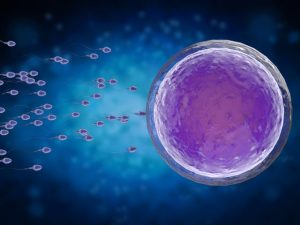The idea of allowing egg cells to mature in the ovary to produce offspring has been implemented in various ways. One of these methods, ovarian transplantation, is a relatively simple procedure for obtaining oocytes compared to in vitro culture of ovaries and follicles. However, it is still difficult to transplant ovaries into cellular immunodeficient mice and to produce offspring from the oocytes grown in the mice.
In an effort to produce offspring from xenotransplanted ovaries, Japanese researchers from Niigata University and the University of Toyama conducted a study to develop a system for producing offspring from oocytes obtained by transplanting rat ovaries into mice.
Fertilized Oocytes and Offspring
The researchers implanted rat ovaries under the kidney capsules of immunodeficient mice and confirmed their viability. Then, they administered hormones related to oocyte development and succeeded in obtaining mature rat eggs. These eggs were found to develop normally when fertilized in vitro and became embryos or offspring when transplanted into the rat uterus.
When the ovaries of rats expressing a fluorescent protein throughout their bodies were used as donors, this resulted in offspring from rats expressing the fluorescent protein. It was confirmed that this genetic trait is inherited by the next generation. These results were published in Scientific Reports on August 29, 2024. “There have been reports of obtaining oocytes and embryos by interspecific ovarian transplantation in recipient mice, but there are no successful cases of offspring production. In this study, we were able to produce fertilized oocytes and offspring, overcoming this difficult challenge,” says Runa Hirayama, a doctoral student at Toyama University.
Extension to Reproductive Medicine
An important point in producing offspring using this method was to obtain mature oocytes from the transplanted ovaries. After administering hormones to transplanted mice, both mature and immature oocytes could be obtained from the transplanted ovaries. Mature oocytes could be fertilized immediately after collection, while immature oocytes had to mature before fertilization.
In this study, the researchers found that the percentage of oocytes that matured, were cultured in vitro and produced offspring was very low, and that maturity at the time of oocyte collection from the ovary was critical to increasing the birth rate.
According to Dr. Hiroaki Taketsuru of Niigata University, this new system for producing offspring has the potential to create genetically modified rats and could become one of the most effective methods of animal offspring production. This achievement will not only facilitate the production of genetically modified animals, but can also be applied to the production of offspring of all animal species, as well as to reproductive medicine.





